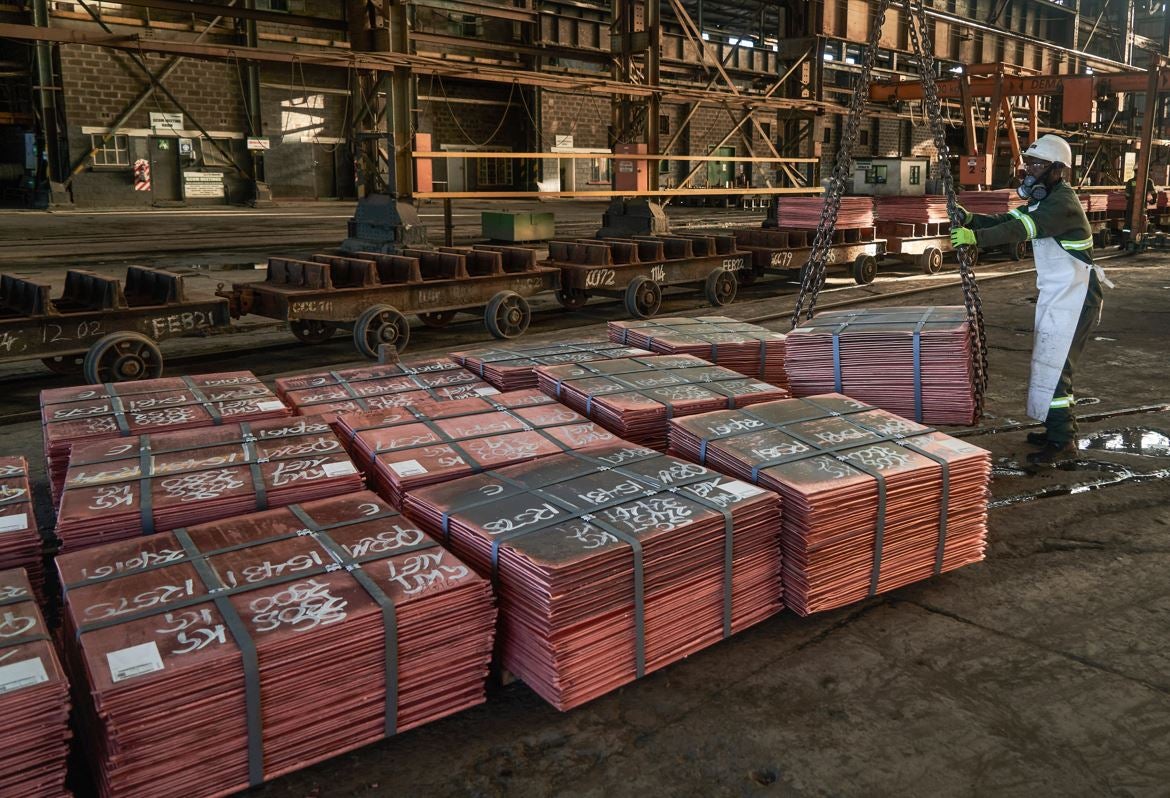
Sign up for daily news updates from CleanTechnica on email. Or follow us on Google News!
Is the C rate of a pack adjustable depending on the design of the cell connections within a pack? No.
Now you must wonder, how can this be?
I can describe C rate this way. If you have a 1A hr cell, and it can discharge all of its charge in half an hour, it has a C rate of 2. If you have another 1A hr cell, and it has a C rate of 0.5, it may be discharged in 2 hrs. C rate is always in reference to time, usually hours. C rate is just the maximum rate a cell can discharge. Its a characteristic of a particular cell chemistry, and it does not change for a given cell, unless that cell changes.
Just as an aside. We are going to use units of amp hours, abbreviated A hr. This is a preferred method of describing batteries and its used a great deal. Here is a simple example: Let’s choose a 1A hr cell with a C of 1.
There are the concepts of parallel and series in electrical engineering. For voltage sources in series, the voltage adds, and the current is the same. For voltage sources in parallel, the voltage remains the same, and the current becomes the sum of the currents. You can find this in basic electrical engineering texts.
What happens if we put 4 cells in series? We still have 1A, but we have 4x the voltage. What is the C rate? One. It can only discharge in 1 hour.
What if we put all 4 cells in parallel? We then have a 4A hr grouping, but only 1x the voltage. What is the C rate? One. It, too, can only discharge its full output in 1 hour. All four of the cells can only discharge in one 1 hour.
You see this? C rate is only a measure of the rate a cell can be fully discharged. It’s really about time and nothing else, so it’s independent of V and A.
In our examples, we vary A and V, but the result still has the same product, VxA, or power rating.
This is one of the interesting things about C rate. You can do whatever you want with the cells — parallel, series, and as many times and with any kind of capacity. The C rate is always the same as the C rate of the cell.
How do I get a low C-rate battery to charge a high C-rate battery?
You don’t really get a different C rate when you clump more cells together, but you can do something else about it.
A bigger pack with a lower C rate can deliver the same rate of charge as a smaller pack with a higher C rate this way.
Say we need to deliver 100 kWh in 40 minutes. We have two kinds of chemistries. Chemistry A has a C rate of 1.5, and Chemistry B has a C rate of 0.33. With Chemistry A, we can use a 100 kWh pack to deliver 100 kWh in 40 minutes, because with a C rate of 1.5, that means it can deliver its full charge in 1/1.5 hr = 0.666 or ⅔ of an hour, exactly 40 minutes.
How do we do it with Chemistry B? With Chemistry B, we can only deliver the full pack charge in 3 hours, rather than 2/3 hour. We can use a larger capacity pack in kWh to deliver the charge. What size pack do we need? Well, we want to deliver the charge in ⅔ of an hour and the pack discharges full at the rate of 3 hours. The ratio between them is 3/(2/3) or 9/2, 4.5. This means a 450 kWh pack is required.
Let’s check the math.
450 kWh/3 hrs is 150 kWh/hr. Its is also 100 kWh/0.66 hr or 100 kWh/(2/3)hr.
A battery pack with lower C rate must be made larger in power or VxA in order to match the charging rate, or C rate, of a higher C-rate battery pack. The voltage must be the same, but the current has to increase. It will be a bigger battery pack or more cells in parallel. It requires more cells.
Chip in a few dollars a month to help support independent cleantech coverage that helps to accelerate the cleantech revolution!
Have a tip for CleanTechnica? Want to advertise? Want to suggest a guest for our CleanTech Talk podcast? Contact us here.
Sign up for our daily newsletter for 15 new cleantech stories a day. Or sign up for our weekly one if daily is too frequent.
CleanTechnica uses affiliate links. See our policy here.
CleanTechnica’s Comment Policy




